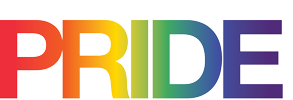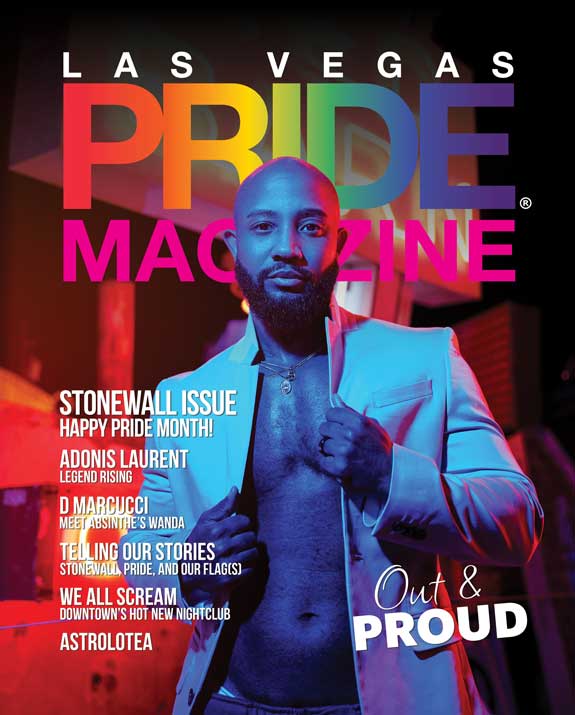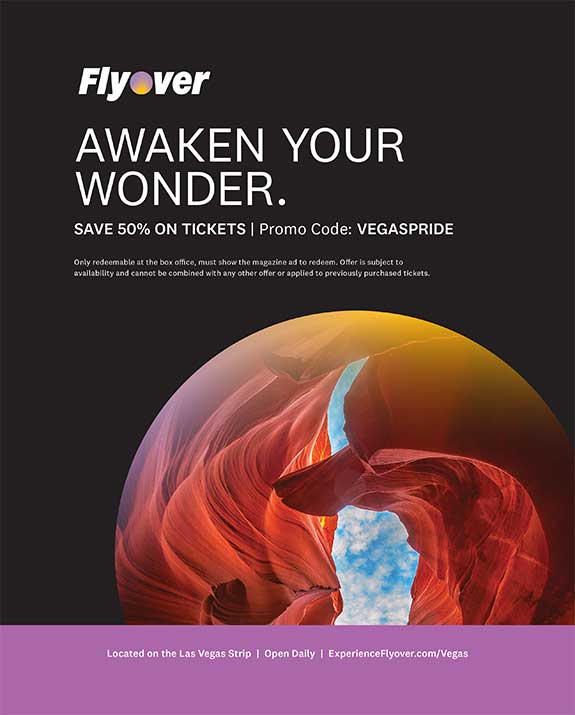Telling Our Stories: Stonewall, Pride, and our Flag(s)
By Lupie Janos
It’s time again to honor the legacy of the Stonewall Riots and their impact on the modern equality movement. And we’re going to keep telling this story, our story so this legacy never dies.
53 years ago, in the early morning of June 28, 1969, a tipping point was reached in Greenwich Village, New York City. On that day in history, following a police raid at a local gay bar, riots and protests broke out and continued for several nights. Patrons of the bar and the local LGBTQ community had had enough. These events sparked collective action in LGBTQ communities across the nation, united existing advocacy groups and became the impetus for organizing annual LGBTQ pride marches and festivals on a much larger public scale. Happy Stonewall Anniversary!

The original pride flag in the background with the progressive pride flag in the foreground.
My, how our movement has grown. Today, most metropolitan areas have LGBTQ Centers that focus on providing services and PRIDE organizations to ensure that our communities remain visible and celebrated through annual parades, festivals, events and outreach.
We see groups formed in our educational system linking LGBTQ youth with allies and see the LGBTQ community a part of conversations when discussing Diversity, Equity and Inclusion (DEI). We are even seeing small communities banding together and organizing events on scales that are never too small. We see you Winnemucca!
At the root of all this work is a sense of PRIDE we have fought so hard to achieve and to sustain. The dictionary defines pride as: a feeling of deep pleasure or satisfaction derived from one’s own achievements, or the achievements of those with whom one is closely associated. It is a consciousness of one’s own dignity, a feeling of honor, self-respect and self-worth. Our friends at Wikipedia define LGBTQ PRIDE as the promotion of the self-affirmation, dignity, equality, and increased visibility of LGBTQ people as a social group.
So, as we take time this month to be loud and proud and celebrate one another, there is also space to honor our history and all the work that laid the foundation for how far we have come. Our PRIDE movement is always evolving and with it, so do the symbols we hold dear. Take our PRIDE flag for example; it has gone through its reiterations and transformations into new symbols representing every identity and expression. At my last count there are between 30-50 iterations of PRIDE flags (and counting).
Did you know that the history of our beloved PRIDE flag goes back to 1978, when Harvey Milk urged artist Gilbert Baker to create a symbol of pride for the gay community? Baker chose to design a flag as he felt it was one of the most powerful symbols people associate with. He was inspired by actual rainbows in the sky and his original design included eight colors with their own individual meanings: hot pink for sex, red for life, orange for healing, yellow for sunlight, green for nature, turquoise for art, indigo for harmony, and violet for spirit.
Baker once said in an interview, “Our job as gay people was to come out, to be visible, to live in the truth, as I say, to get out of the lie. A flag really fit that mission, because that’s a way of proclaiming your visibility or saying, ‘This is who I am!’”
Baker’s original design debuted in 1978 and flew over the San Francisco Gay Freedom Day parade. All of the flags for this event were sewn by hand by Baker and a team of volunteers. The flags were so well received the decision was made to mass-produce them for consumption by all. Due to various reasons and issues that arose at the time, the pink and subsequently turquoise stripes were removed. This resulted in the six striped flag that has become the most common variant of the flag today.
Over the years, as our community has strived to stay relevant, inclusive and progressive, many more flags have emerged as symbols for every type of identity and expression. For example, in recent years the progressive flag emerged and kept the original six rainbow colors. It also added the colors of the trans community (pink, white and blue), the marginalized BIPOC community, (brown and black), and the Intersex community, (the yellow section with a purple circle). With all that said, flags remain a powerful and emotional symbol of who we are at our core, not only individually, but collectively. “A true flag cannot be designed, it has to be torn from the soul of the people.” There is no credit given to that quote, but it resonates for sure. Happy PRIDE month!


